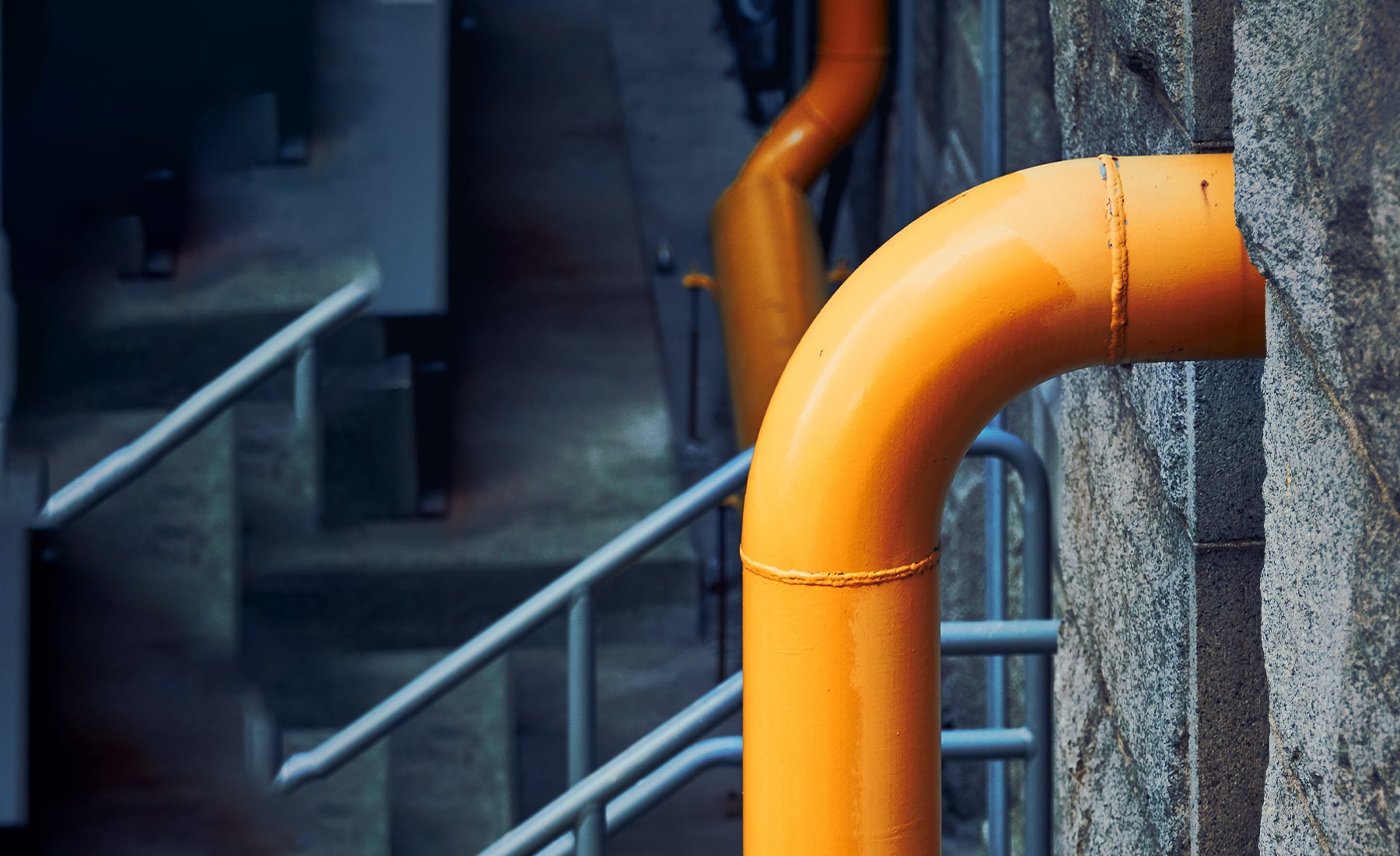
Risks and opportunities in cobalt supply chains
The news that VW was seeking to enter into 10-year contracts to secure its access to cobalt supplies is illustrative of what many industry observers predict will be a scramble to secure access to the mineral resources needed to manufacture lithium-ion batteries over the coming years.
As companies position themselves to serve the booming electric vehicle (EV) market, looming large is the shadow of supply chain risk for battery materials.
Of the minerals needed to produce lithium-ion batteries, cobalt is currently under the greatest scrutiny. Whilst cobalt is not deemed a ‘conflict mineral’, around 50% of global cobalt reserves are located in the Democratic Republic of Congo (DRC). Investigations led by Amnesty International in 2016 and followed up on by several mainstream media outlets have highlighted the potential for cobalt production in the DRC to be linked to child labour.
Cobalt industry initiatives welcome but not a substitute for companies’ due diligence
In response, some commendable industry initiatives are in development, such as the Responsible Cobalt Initiative, led by the China Chamber of Commerce of Metals, Minerals and Chemicals Importers and Exporters (CCCMC) with support from the OECD. The Cobalt Development Institute is also working on responsible sourcing guidance for its members. The DRC Government recently acknowledged, for the first time, that children may work in the DRC’s artisanal and small-scale mining (ASM) sector and pledged to eliminate this by 2025.
However, welcome as these developments are, they do not reduce the onus for individual companies in the cobalt supply chain to ensure that they undertake effective due diligence and implement robust risk management controls.
Based on our experience we would suggest there are two risk factors that companies in cobalt supply chains should be particularly alert to. The first is child labour and the second is the volatility of the cobalt market.
A blinkered focus on child labour risks
It is unarguable that child labour in mineral extraction or processing is an egregious human rights violation, nor is it questionable that child labour in ASM cobalt production is a very real risk factor in the DRC.
However, it is far from the only risk. The safety risks faced by many workers in the DRC’s minerals sector would be considered intolerable by the international brands that are downstream in the supply chain. These risks are not limited to workers in ASM production. In our work in the DRC’s cobalt sector we have observed extremely dangerous working conditions at industrial processors and exporters. Broader issues of governance, community relations or environmental management may present serious concerns at some operations.
Unfortunately, all too often, industry initiatives or companies’ due diligence approaches can become overly focused on a somewhat reactionary response to a single risk whilst other risks that could have equal, or perhaps greater, potential to cause harm – to people or to company reputations – are overlooked.
Insufficient consideration of cobalt market dynamics
The cobalt market is historically volatile, and even with the growth in demand from EVs there is no reason to think that current high market prices are necessarily here to stay. Total global cobalt demand in 2016 was around 96,000tpa and is forecasted to double by 2025. However, Glencore’s Katanga mine could single-handedly produce 30,000tpa of cobalt when it comes back into production in 2018. Below the radar of international media are investments by primarily Chinese and Indian businesses in new copper and cobalt production in the DRC (cobalt primarily being a by-product of copper mining). Such production developments will impact price.
The price volatility means that there is a dynamic market for cobalt. ASM producers in particular, but also smaller-scale mining operators, may come or go depending on the prevailing market price.
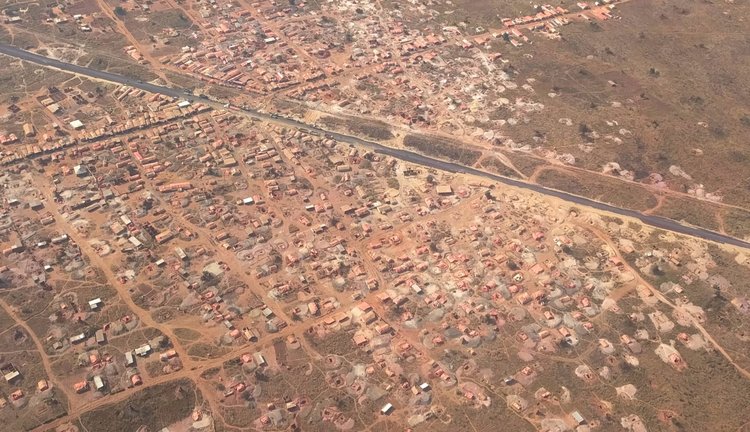
Some processors and exporters may predominately source ores from industrial mines, but ‘top up’ with ores from other sources if needed. Some cobalt producers are reporting a shift towards rental of mine site access and equipment as a means of formalising and securing production and reducing reliance on ASM production (not least in response to child labour concerns). Do such practices reduce overall supply chain risk? Maybe. Maybe not.
In a dynamic supply chain environment, companies need to have confidence that their suppliers understand sourcing risks and have the capacity to manage relevant risks effectively and on an ongoing basis. A ‘one-size-fits-all’ approach to supply chain controls may not succeed if the management approach fails adapt to changing circumstances.
Don’t hide behind checklists – focus on building effective supply chain controls
A common challenge we observe across many raw material supply chains is a tendency for many companies to overly rely on independent audit mechanisms as a means of providing confidence that the raw materials in question have been responsibly produced.
Whilst we recognise that there is an important role for independent audit within industries’ responsible sourcing efforts – it is after all one of the five steps within the globally recognised framework of the OECD Due Diligence Guidance for Responsible Mineral Sourcing – audit is not a panacea. Nor is it a substitute for effective management processes. It is a point-in-time assessment and, as our ongoing work for the OECD on the Alignment Assessment project is demonstrating, often subject to serious weaknesses.
The Three Lines of Defence in responsible sourcing
At Kumi, when supporting our clients in implementing responsible sourcing programmes, we build on the Three Lines of Defence model that, during the last decade or so, has become well established in broader business management thinking about corporate risk management, governance and compliance.
Applied to responsible sourcing, we define the Three Lines of Defence as follows:
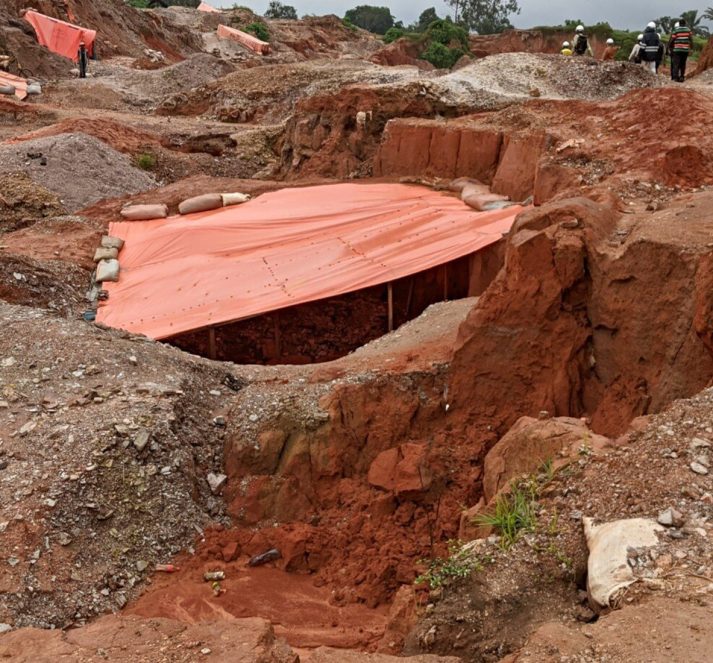
First line – Operational Management:
The first line of defence is to ensure that relevant management and operational personnel (e.g. purchasing managers) understand the responsible sourcing risks that are relevant to their day-to-day activities and have the relevant management systems, controls and senior manager oversight.
Second line – Management Assurance:
The second line of defence is the management function within a company that assesses the responsible sourcing risks to which it may be exposed and puts in place appropriate risk management actions. The second line may make decisions on whether risks are acceptable (e.g. approval of a potential supplier). The second line of defence has a degree of independence from the first line, for example it could be a company’s Corporate Responsibility department, and thus also has a role in overseeing the first line of defence.
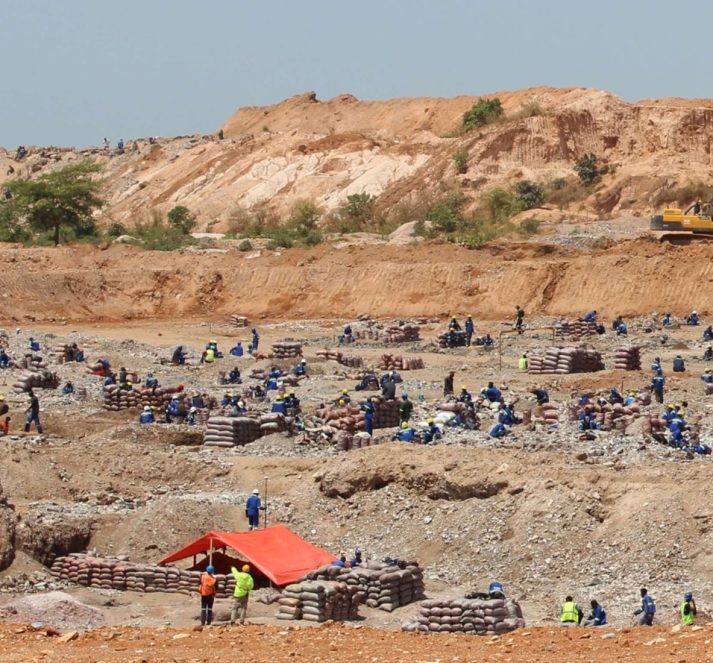
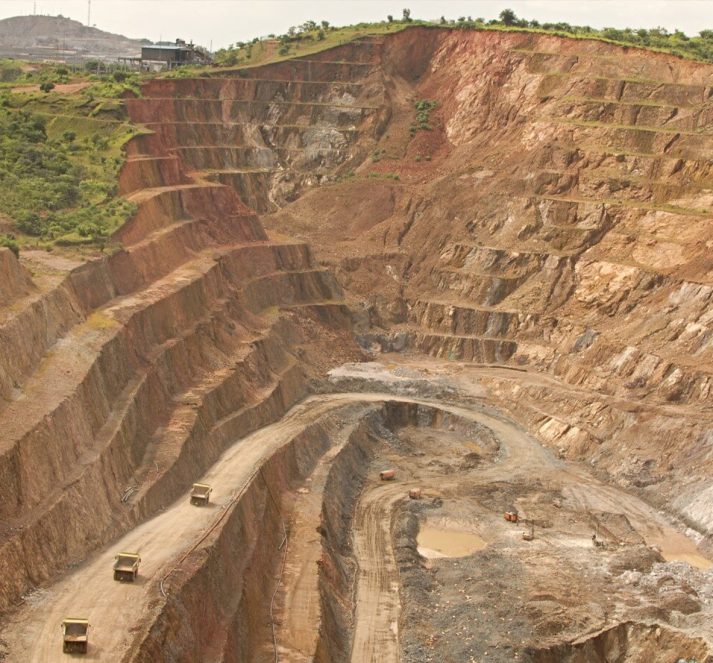
Third line – Independent Assurance:
The third line of defence provides independent assurance over the management of supply chain risks. This will usually be in the form of an independent audit, for example in relation to whether a supplier (or the company itself) meets the requirements of an industry responsible sourcing or certification programme.
As a governance structure, the Three Lines of Defence model is entirely consistent with the OECD due diligence framework; the difference being that the OECD framework describes recommended activities for companies rather than recommending corporate governance structures.
Unfortunately, in many raw material supply chains, both companies and other stakeholders often tend to focus primarily on the third, and least important, line of defence – independent assurance – as the primary means of gaining confidence that materials have been responsibly produced or sourced.
Companies producing or sourcing cobalt should focus on ensuring that risk management at the first and second line of defence is alert to the range of supply chain risks that could impact the business, and equipped to adapt to the dynamics of the cobalt market.
Converting supply chain risk management to commercial opportunity
Much of the prevailing commentary about the cobalt supply chain focuses on the risks associated with cobalt sourced from the DRC. However, there are also opportunities for responsible cobalt sourcing to bring both commercial benefits to companies and wider societal benefits to the cobalt-producing areas of the DRC and other developing countries.
It is in companies’ commercial interests to protect their long-term sourcing position within the cobalt supply chain, whether they are producing cobalt themselves or sourcing it from others. Ultimately this comes down to the strength of relationships that companies establish with customers, suppliers and external stakeholders. Audits are of limited value in strengthening relationships as they tend to be (intentionally or unintentionally) quite adversarial. On the other hand, working proactively with others to strengthen management capabilities and develop solutions to mitigate adverse social or environmental impacts may bring substantial benefits.
Examples of actions companies in the cobalt supply chain can take to strengthen their long-term sourcing position may include:
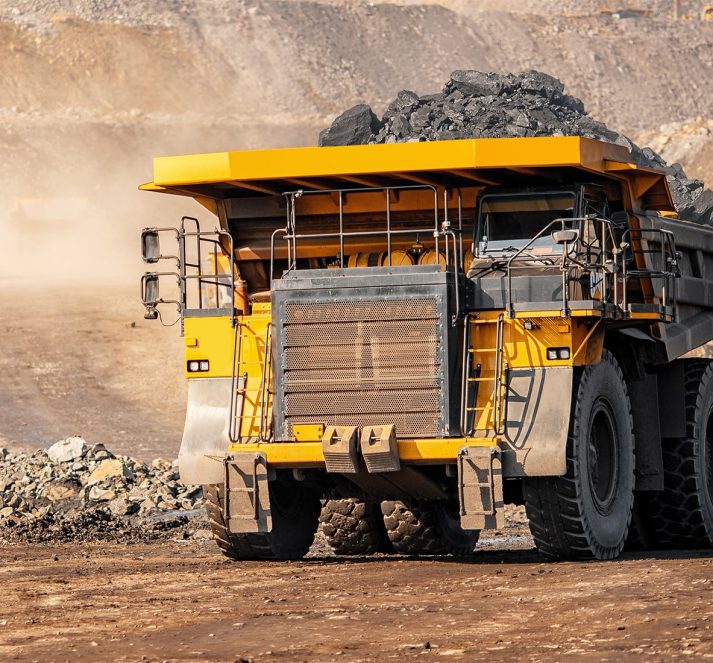
Recognising that some suppliers may have limited capacity to address sourcing risks, providing practical support to suppliers to help them strengthen their social and environmental management capabilities, particularly in relation to the first and second lines of defence. This may mean continuing to work with suppliers that have been identified as ‘high risk’ suppliers rather than cutting them out of the supply chain. By proactively supporting suppliers in improving their social or environmental management performance, companies help address issues that may have adverse impacts on people or the environment, as opposed to merely disassociating themselves with the issue which may then simply become someone else’s problem. Companies can also strengthen their relationships with their suppliers, building mutual trust that can in turn support and strengthen commercial relationships, supporting security of mineral supplies.
Collaborating with external stakeholders to develop risk mitigation solutions to challenges that may represent too high a risk to be managed within a company’s responsible sourcing programme, or may be too complex an issue for one company to effectively address on its own. Particularly in the context of geographies such as the DRC, there is a real need for multi-stakeholder action to address the deep-rooted socio-economic factors behind issues such as child labour in cobalt mining. Participating in and supporting multi-stakeholder initiatives can also support a company’s social license to operate and strengthen relationships with stakeholders such as customers or investors, which in turn supports continued or even expanded market access.
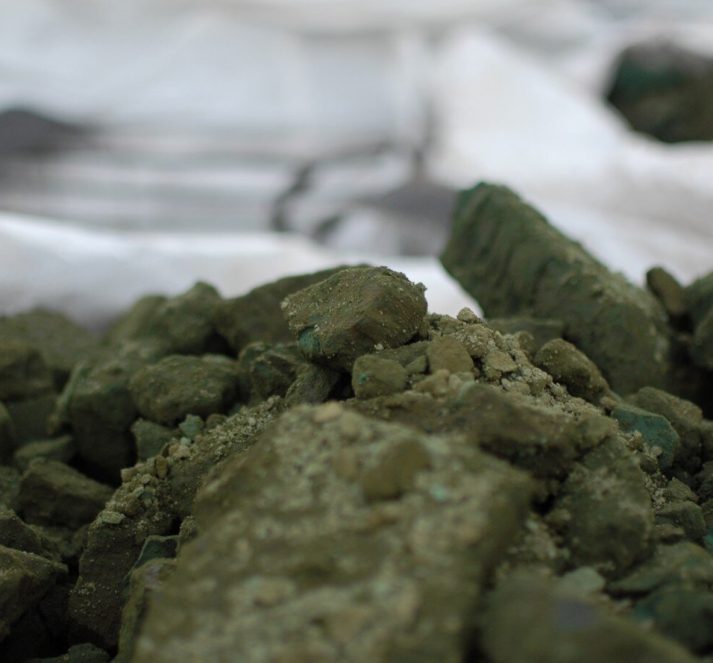
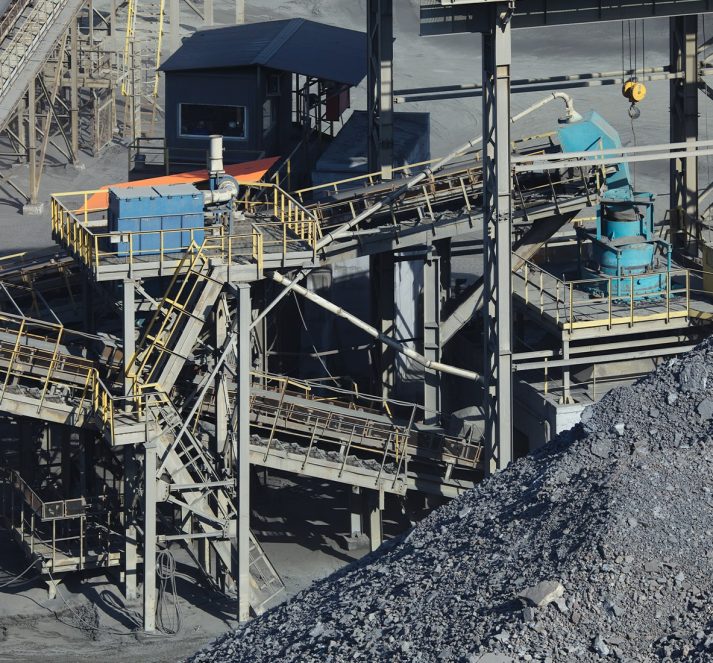
Reporting on risk assessment findings and risk mitigation actions is vital to bring credibility to a company’s responsible sourcing programme. This in turn can strengthen a company’s long-term sourcing position by enabling it to demonstrate its responsible sourcing performance to key stakeholders such customers, potentially supporting customers in meeting their own sourcing objectives and helping to position the company as a preferred business partner to its customers.
It is often said that the best form of defence is ‘attack’. Companies in the cobalt supply chain should ensure that their responsible sourcing activities go beyond reactive risk management to include proactive action to address the root causes of the sourcing risks to which they are exposed. This is not just the right thing to do; it makes good business sense.
If you are interested in learning more about how Kumi may be able to support your business, please contact us.
